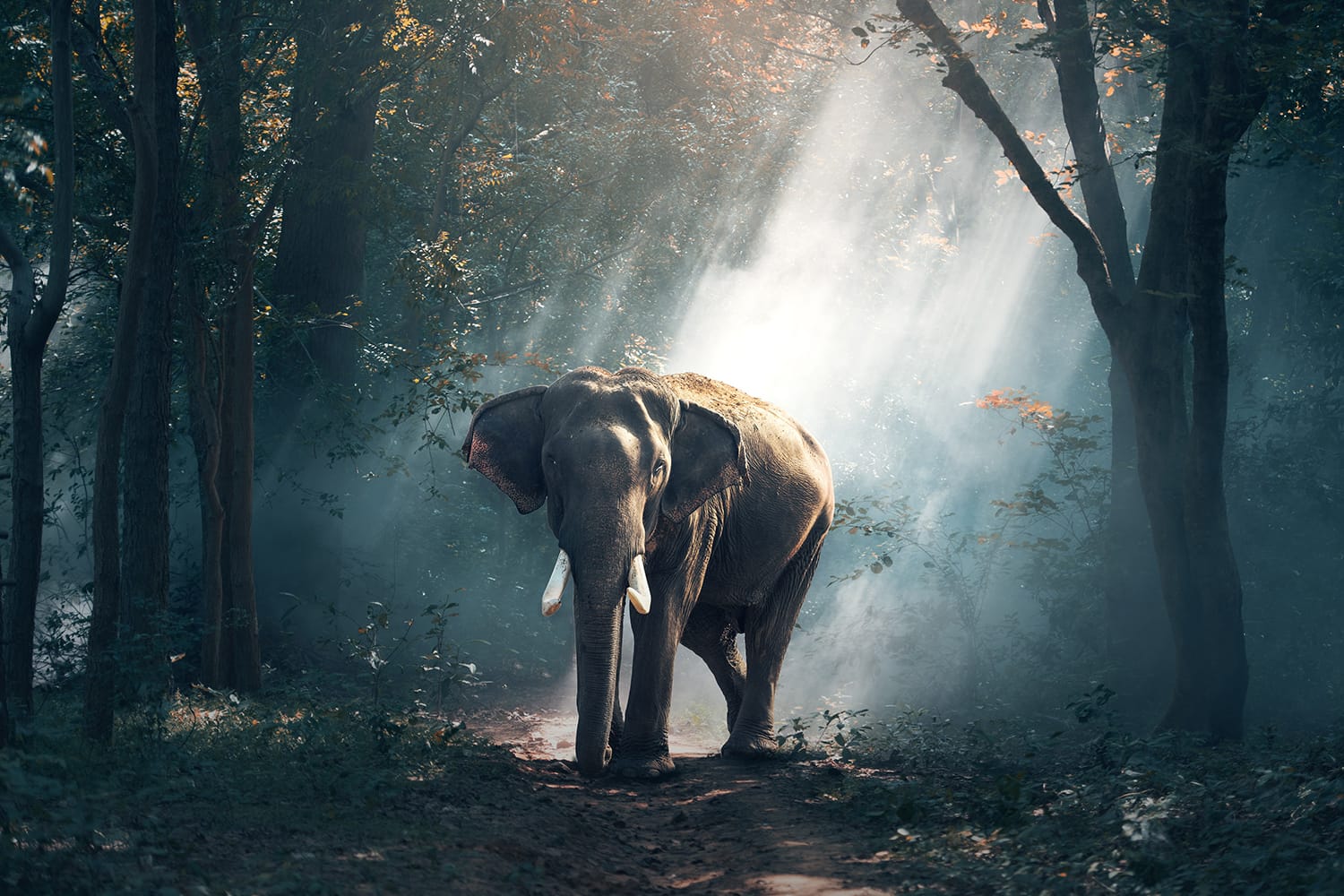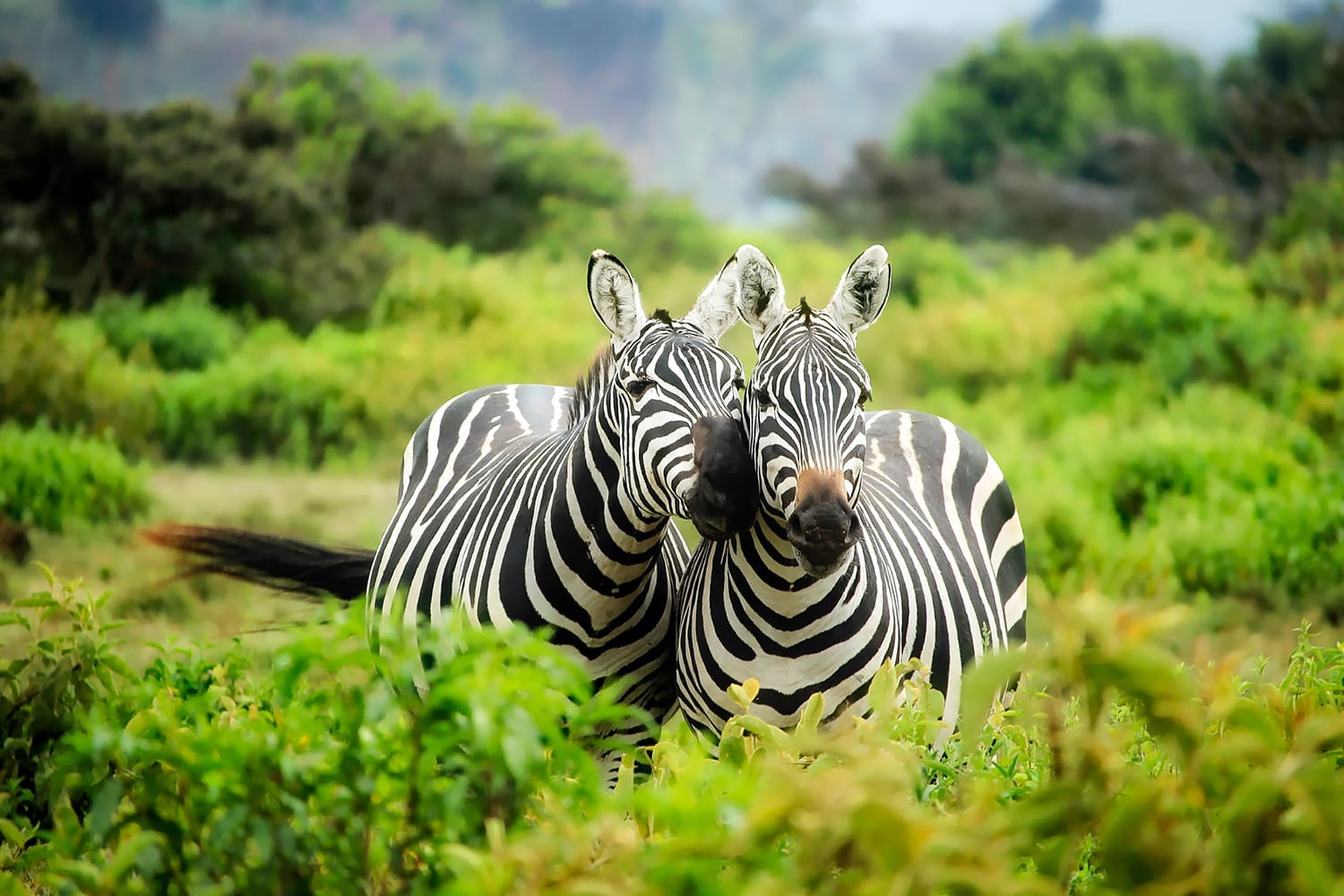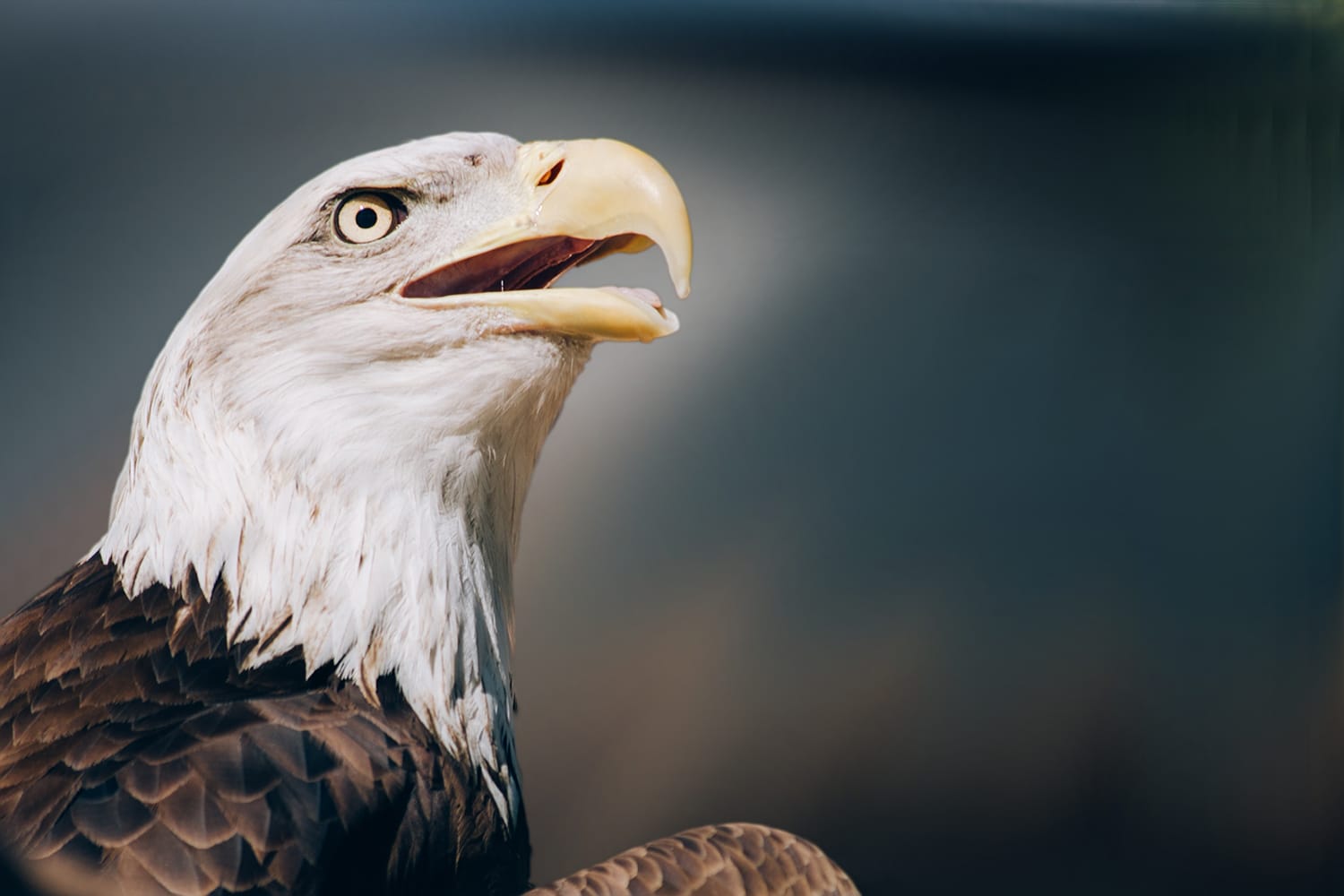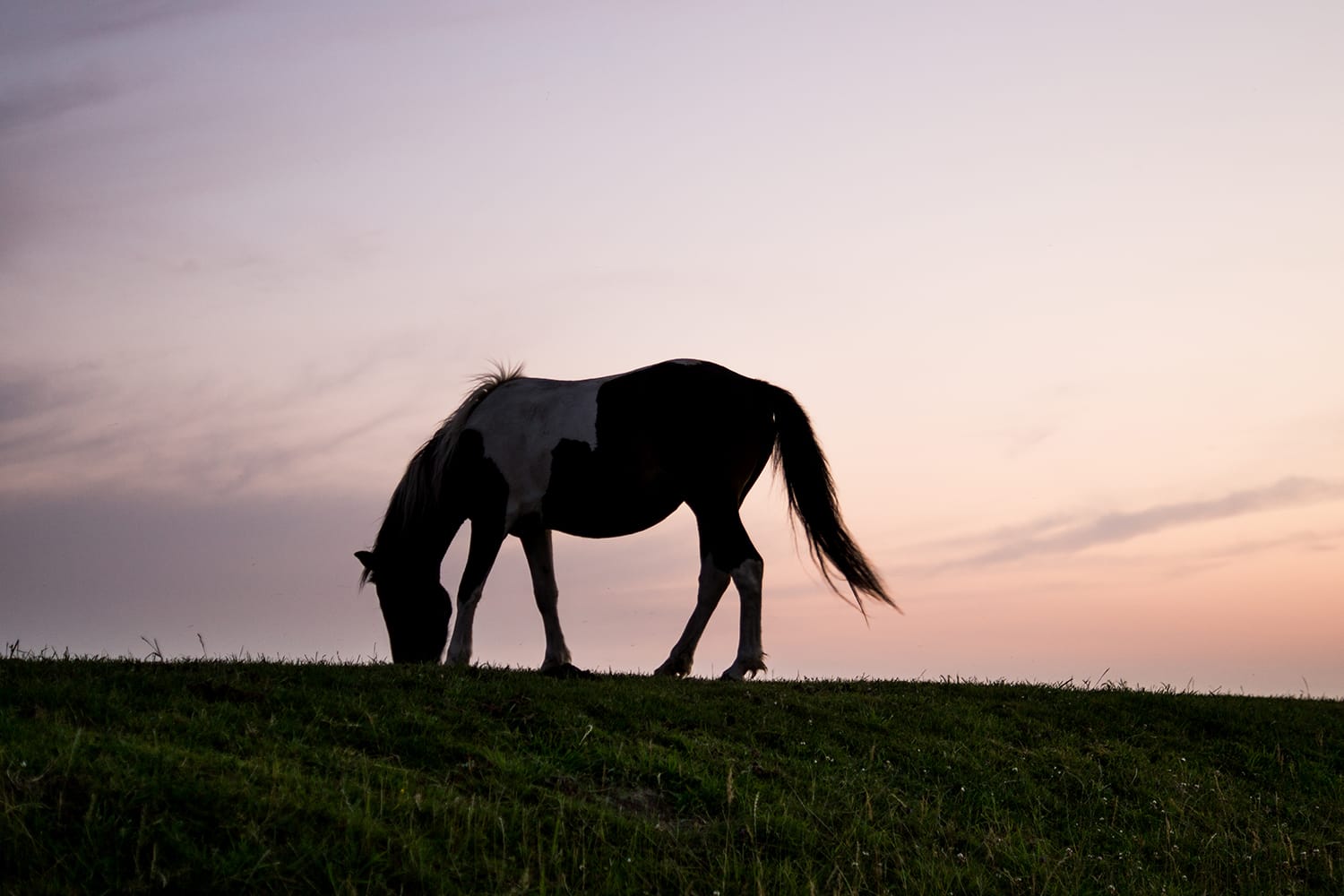How to Find the Best Places to Photograph Wild Animals
Wild animals are elusive. Unless you’re at the zoo, you may find it hard to even find real wild animals that you can photograph. Then, there’s also the issue of danger. Depending on which wild animals you want to shoot, you may want to do so from a certain distance away or even protected by a structure.
At the end of the day, you want to take photographs that are so real and compelling that it’s almost like your audience is right there with the wild animals. A big part of making this happen is scouting locations to ensure that you get the shots you need.

Start With Basic Research
As with any photography project, doing your research before you even uncap your camera lens is a no-brainer. Prep work is key. If you have a shooting locale in mind, look into what sorts of animals will be there. Read up on what their habits, behaviors and movements are likely to be, just so you’re not surprised and fail to get the shot you want.
For example, if you’re heading out into new terrain that you’ve never visited before, you may get the animals you expect… or you may not. The same thing goes for what time of day you’re doing your photography. If the animals native to that terrain are nocturnal, then don’t come in the middle of the day.

Get a Wildlife Blind
Ever hear of a wildlife blind? This lets you essentially blend into your surroundings without tipping off the animals around you, thus making it an invaluable ally in your quest to find the best places for shooting.
A blind is a cover device for photographers, but hunters also use them. Blinds can be elaborate (as in actual structures that are elevated and act almost like lookout towers) and fairly simple (think a glorified, camouflage-colored tent). The beauty of a blind is that the wildlife comes to you by virtue of it not being able to detect that you’re there.
Therefore, if you’re inside your blind, a park, meadow or even your own backyard can be the perfect location in which to find wildlife. When animals don’t believe humans are present, you’ll be surprised at how active some locations can get (of course, it still requires a lot of patience and waiting inside your blind!).
Use Photography Websites Like Flickr
Huge photography sites like Flickr and 500px are good for more than just showcasing excellent photography. You can also use them to hunt down well-suited places for wildlife photography.
Start by entering the name of your city or area in the search field. When you see the results displayed, go through them one by one until you see pictures of wildlife that you’d like to photograph, too. Click on the interesting shots to check out the info included with each image. Here’s where you can pick up great details on where to go to potentially get some of the same, great shots.
Follow Wildlife Photographers on Social Media
Another clever tactic to find great wildlife-photography locales, following good wildlife photographers on Twitter, Instagram and Facebook can help you unearth the ideal spots to get great pictures of animals. Many photographers use social media not only to show off their photographs, but also to keep social portfolios of all their great work.
A slight alternative to this involves “friending” specific wildlife photographers on photography-sharing sites. Start a relationship with them by commenting on their pictures. If you do this regularly enough with thoughtful comments, you could eventually persuade a photographer to give you the details on where some of his most interesting wildlife shots were taken.

Do a Google Search!
Google has gotten really good at giving searchers local results when they do a search for any given keyword or keywords. This can be extremely helpful if you want to discover the best spots for wildlife photography that are closer to your neck of the woods. No need to travel very far to find choice spots!
Try entering the specific keyword of the exact animal you want to photograph (bald eagle, bison, etc.) together with a more location-specific keyword to make a longtail-keyword search (where to photograph bald eagles in Utah).
In fact, doing a longtail-keyword search for “Where to photograph bald eagles in Utah?” gives a plethora of excellent results like:
- Feathered Photography’s Bald Eagles in Utah: A rundown of where to find them in and around the Great Salt Lake
- Good4Utah’s Where Can You See Bald Eagles in Utah?: A list of the best places all over Utah to find bald eagles
- The Utah State Government’s See Bald Eagles: A detailed guide on where to find these birds in the state, along with directions on how to get there

Master Your Fieldcraft Tactics
Fieldcraft tactics are approaches on how you can get close to animals without them noticing you. This involves knowing how to stay obscured so animals wander closer to you, as well as being able to observe animals properly.
Techniques include:
- Only moving when the animal is distracted.
- Don’t approach animals that are obviously alert.
- Wearing clothing that doesn’t make noise when you move.
Fieldcraft tactics are essential because they allow you to get better photographs of animals; they also let you find animals by either approaching them when they show up or not letting them know that you’re there when you’re waiting for them.
Many animals won’t mind you staring at them, but they’ll bolt as soon as you make a move!
The Trick Is Knowing Where to Look
Realistically speaking, you can grab your camera and go out into your neighborhood to photograph animals. Maybe you’ll catch a squirrel, a pigeon, or even a neighborhood cat! Of course, these are not the shots that photographers dream of when thinking wildlife photography.
To succeed at this, you’ll have to prepare quite a bit and maybe even travel a ways off to get to the right location. Once in the right spot, you’ll have to wait longer and be patient, all the while incorporating techniques you’ll need to learn to get the animals to come to you (or at least not scare them off). In the end, it’s a lot of work, to be sure, but completely worth it to photograph amazing wildlife.
